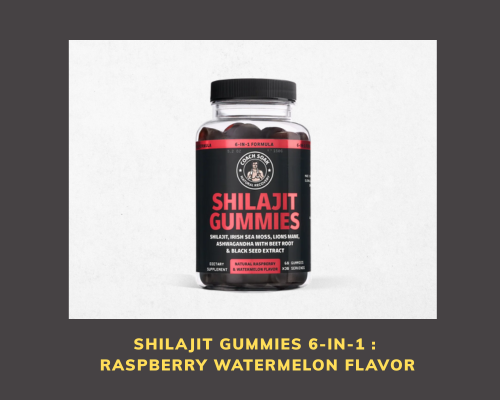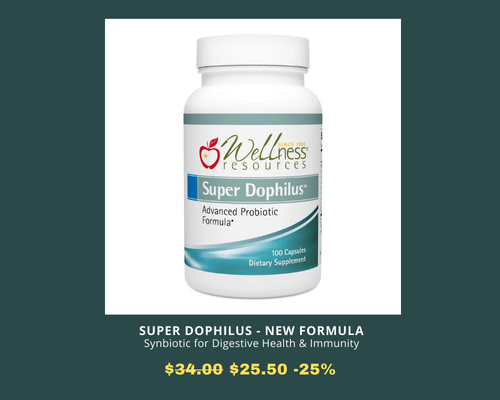What “Body Recomposition” Really Means
Forget crash diets. Body recomposition is the sustainable approach: pair a modest calorie deficit with progressive resistance training to reduce fat while protecting—or even adding—lean muscle. Meta‑analysis shows resistance training alone can lower body fat (including visceral fat) in healthy adults, making it the anchor habit for long‑term change. SpringerLink+1
Pillar 1 — Lift to Shape (3–4x/Week)
Focus on big moves: squat/hinge, push, pull, single‑leg, and core.
Per session: 4–6 compound lifts, 3–4 sets, 6–12 reps; add 1–2 accessories.
Progressive overload: add a rep, set, or small load weekly.
Why this works: across well‑designed programs, all resistance‑training prescriptions outperform no training for strength and muscle gain; heavier loads rank best for strength, multiple sets for hypertrophy. British Journal of Sports Medicine
ACSM’s position stand supports periodized, multi‑set programs with compound lifts—the practical backbone of a recomposition plan. tourniquets.org
Low‑ vs high‑load training? Both build muscle if you train close to fatigue—so choose the style you’ll actually repeat.
Pillar 2 — Eat for Recomp: Protein‑Forward, Small Deficit
Protein target: 1.6–2.2 g/kg/day. Meta‑analysis identifies ~1.6 g/kg/day as the point where gains in fat‑free mass plateau, with the upper bound near 2.2 g/kg/day. British Journal of Sports Medicine
Active/athlete range: ~1.4–2.0 g/kg/day is sufficient for most exercising individuals (ISSN). Sports Nutrition Journals
Distribute protein across meals (≈20–40 g per feeding) to support muscle protein synthesis over the day.
Calorie strategy: Start with a 10–20% deficit or aim to lose ~0.5–0.8% of body weight/week. In athletes, slower loss (~0.7%/wk) preserved lean mass and performance better than faster loss (~1.4%/wk).
Carbs & fats: Time carbs around training for performance; fill remaining calories with mostly unsaturated fats and fiber‑rich whole foods.
Pillar 3 — Cardio That Fits You
Cardio supports heart health and total energy burn. Systematic reviews indicate HIIT and moderate‑intensity continuous training produce similar fat‑loss outcomes—so pick what you enjoy and can recover from. medicalsciences.med.unsw.edu.au+1
Minimalist mix (weekly):
Pillar 4 — NEAT: Your Quiet Fat‑Loss Accelerator
Non‑exercise activity thermogenesis (NEAT)—steps, standing, chores, fidgeting—can add hundreds of kcal/day. Classic overfeeding research shows that individual differences in NEAT predicted resistance to fat gain, accounting for large variations in energy expenditure. Track your baseline steps for a week, then add +1–2k steps/day and build from there. Science
Pillar 5 — Recovery Wins: Sleep & Stress
Aim for 7–9 hours. In a controlled weight‑loss study, sleep restriction cut the fraction of weight lost as fat by ~55% and increased lean‑mass loss, despite similar scale weight loss—undermining your training.
Women‑Specific Essentials
- Cycle‑aware training: A large meta‑analysis suggests performance may be trivially lower in the early follicular phase, but the effect is small, and evidence quality is low—personalize based on your tracking. SpringerLink
- RED‑S awareness: Chronic low energy availability can impair health and performance. The 2023 IOC consensus provides up‑to‑date screening and care guidance (REDs CAT2). If you notice persistent fatigue, menstrual disturbances, or stalled progress, consult a clinician familiar with RED‑S.
12‑Week Women’s Recomp Blueprint
Weeks 1–2 — Baseline & Setup
- Train 3 full‑body days; learn technique and log loads.
- Set protein to 1.6–2.2 g/kg/day and find easy ways to hit it (25–40 g/meal).
- Track steps; establish a sleep routine and consistent meal times. British Journal of Sports Medicine+1
Weeks 3–6 — Build Momentum
- Move to 4 sessions/week; add a set to major lifts; sprinkle in 1–2 short cardio sessions.
- Initiate a 10–15% calorie deficit (or target 0.5–0.8% BW loss/week).
- Log cycle phase, energy, and performance to spot personal patterns.
Weeks 7–12 — Progress & Personalize
- Rotate rep ranges (6–10, then 8–12); consider one accessory “pump” session.
- Adjust NEAT or cardio minutes to maintain your chosen loss rate.
- If hunger or performance tanks, pause at maintenance for 1 week to protect lean mass. tourniquets.org
How to Measure What Matters
- Composition cues: waist/hip circumferences, progress photos, fit of clothes, and gym PRs often improve before the scale.
- Trends over days: Use weekly weight averages; adjust calories or activity in 5–10% steps while keeping protein high.
- Non‑scale wins: better sleep, energy, and training consistency are leading indicators.
Pro Tips (Save & Repeat)
- Protein at every meal (≈20–40 g) keeps you on target without math. Sports Nutrition Journals
- Compound lifts first; they deliver the biggest return on effort. tourniquets.org
- Cardio you enjoy beats the “perfect” plan you won’t follow.
- Walk more—NEAT quietly compounds results.
- Sleep like it’s training—because it directly affects fat vs. muscle during weight loss.
Your Next Step
Pick a start date. Schedule your 3–4 lifting days, set your protein, and track two metrics (waist & a key lift). Adjust calmly every 2–3 weeks. This isn’t about fast weight loss—it’s about lasting body change. You’ve got this.












